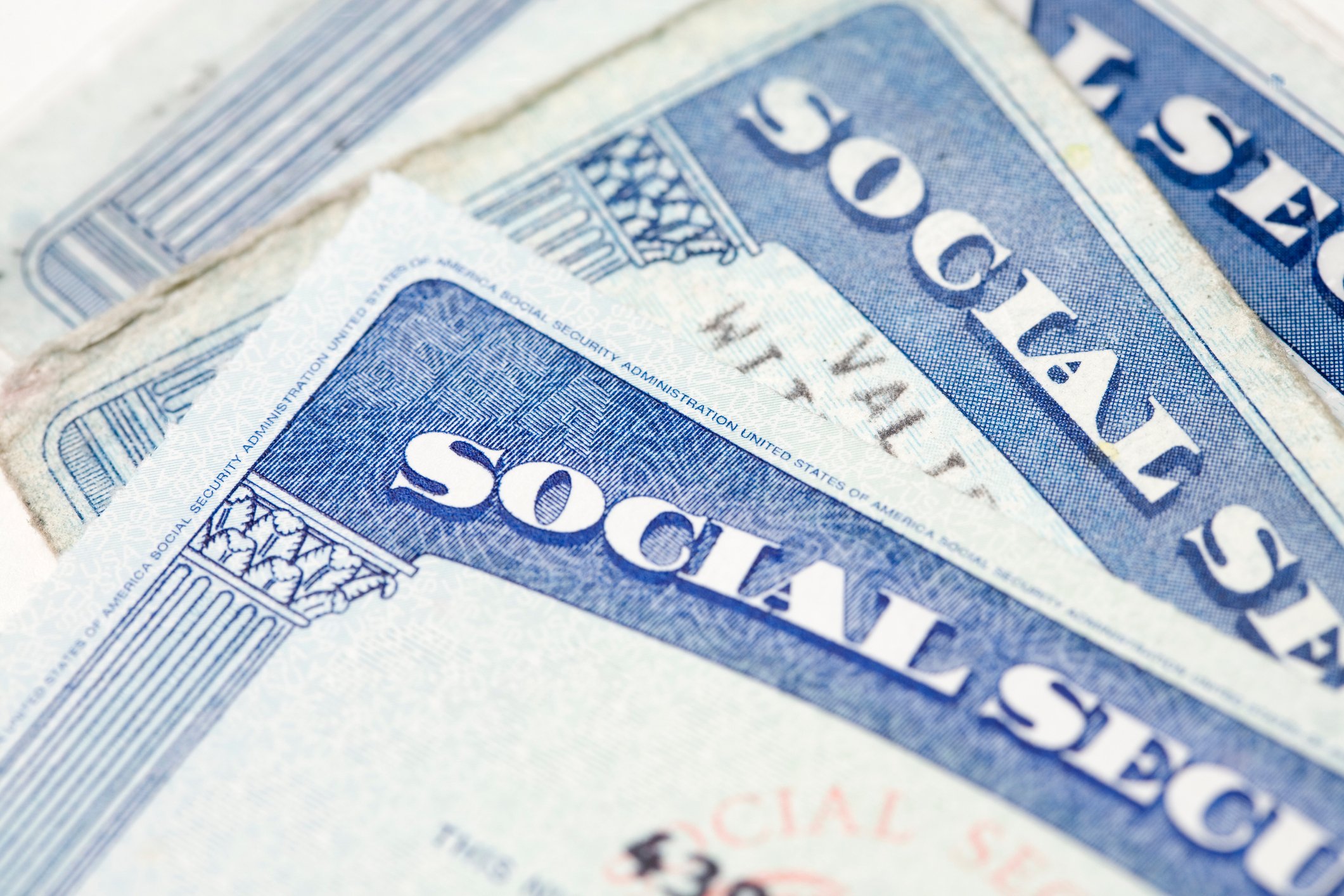There's no denying it, Americans are terrible savers.
According to the St. Louis Federal Reserve, the personal saving rate in February 2017 was just 5.6%, implying that workers were putting away just a little over $1 into savings or investments for every $20 earned. In February 1967, 50 years ago, the personal saving rate was a healthy 12.4%, essentially in between the recommended saving rate by advisors of 10% to 15% of your annual income. Without an adequate amount of savings, consumers run the risk of running out of money during their retirement, which is a common fear among workers.

Image source: Getty Images.
Millennials are at real risk of outliving their retirement savings
The 2017 Retirement Confidence Survey, which was prepared by the Employee Benefit Research Institute (EBRI) and released last month, shows that nearly 4 in 10 workers don't feel confident about having enough money to last them throughout their retirement.
This is a particular worry for the millennial generation (those people born between 1981 and 1996). Data from the Pew Research Center last year found that for the first time in more than a century, more Americans between the ages of 18 and 34 were living with their parents. What's more, a Citizens Financial Group study found that college grads under the age of 35 are spending nearly a fifth of their income on paying off their student loans. Long story short, millennials tend to not be saving anywhere near what they should in order to retire comfortably.
$1 million probably isn't enough for millennials
Yet here's what's interesting: As part of its retirement survey, the EBRI asked workers of all ages how much money they believed they'd need in order to not outlive their savings. Again, this is for all workers aged 25 and up, not just millennials. Here's the breakdown per the report:

Data source: Employee Benefit Research Institute 2017 Retirement Confidence Survey. Chart by author.
As you can see, nearly two-thirds of working Americans (63%) believe they can retire with $1 million or less and comfortably retire. More than a third (36%) believe they can do so with less than $500,000, and more than 1 in 5 (21%) believe retiring comfortably is possible with less than $250,000 saved up.
For those near retirement age, $250,000 or less may indeed work. However, for most Americans, especially millennials, anything less than $1 million simply may not be enough.
Think about this for a moment. The average 25-year-old millennial is probably going to work for another 40 to 45 years before he or she retires. During this period, inflation is likely to motor along at roughly 2.5% per year, which is conservatively 1% below its 100-year average. After 45 years, inflation will have chipped away at your $1 million nest egg and pushed its real-money value to $400,000 or less. For those looking to live on $500,000 or $250,000, a 2.5% inflation rate over 45 years could push the real-money value of your nest egg to under $200,000 and $100,000, respectively.

Image source: Getty Images.
At the same time, we've stood back and watched as the medical care inflation rate has soared, housing costs have outpaced the inflation rate, and the costs for college have risen (think about this in terms of paying for your children to go to college years/decades down the line).
Millennials' lack of savings is also concerning because the Social Security program we know today may not be the same in 40 years' time. According to the 2016 Social Security Board of Trustees report, the program is expected to have depleted its spare cash by 2034, at which time a benefits cut of up to 21% made be needed on an across-the-board basis to sustain payouts through 2090. This would place the average retired workers' monthly check of $1,364 as of February 2017 dangerously close to the poverty line.
And lastly, pensions aren't nearly as common among millennials as they are with the silent generation and baby boomers, meaning even less in the way of guaranteed income in retirement.
A three-step plan to boost millennial saving rates
Now for the good news: Millennials are still young enough to rectify their poor saving and investing habits. Here's a rough three-step plan that millennials can mold to their liking to reach their retirement goals.

Image source: Getty Images.
1. Run the numbers and stick to a budget
One of the bigger issues that the EBRI came across in its survey is that just 41% of respondents had ever taken the time to calculate out how much money they'd need in retirement (i.e., their retirement number). Without this number it's almost impossible for working Americans to set proper weekly, monthly, or annual saving goals. Your retirement number takes into account the income you'll need to replace once you retire (usually about 80% of your annual wages), other sources of income you might have (retirement plans, such as IRAs or a 401(k)), and most commonly the 4% rule, which assumes how much you'll withdraw each year.
Once you have your retirement number, it's time to set up a workable budget. If there's one thing millennials have an edge with over generation X and baby boomers, it's their savvy when it comes to technology. Budgeting software and apps can be found online for free in many instances. Budgeting software can also help formulate a saving plan once you know how much you'll want to sock away each month. It'll merely be up to you to stick to your budget, and to review it often, once it's been formulated.
2. Set up an automatic withdrawal to stay honest
The second move millennials can make that'll really ensure they stay on track is to set up a regular withdrawal from their savings account, checking account, or paycheck.
Speaking as a procrastinator, the "I'll do it later" excuse is a tough habit to break. The easiest way to do this is by setting up a weekly or bi-weekly withdrawal of a set amount of money to a retirement or investment account. An automatic withdrawal eliminates a common excuse for not saving money (procrastination), and it also keeps an individual honest (i.e., the money is being withdrawn on a certain day no matter what).

Image source: Getty Images.
3. Trust in the stock market
Finally, and perhaps most importantly, millennials have to get over their distrust of the stock market.
A Bankrate survey from last year found that only around a third of millennials were investing in the stock market. While the stock market can be volatile at times, it's also the best long-term source of wealth creation, with an average annual rate of return of 7%, inclusive of dividend reinvestment. Considering how little of their income Americans are saving compared to what financial advisors suggest, they're going to need the stock market in their corner now more than ever to ensure they have a healthy nest egg once they retire.
Millennials do have time on their side, but the longer they wait to get on the right track, the tougher it could be to hit their retirement number.





